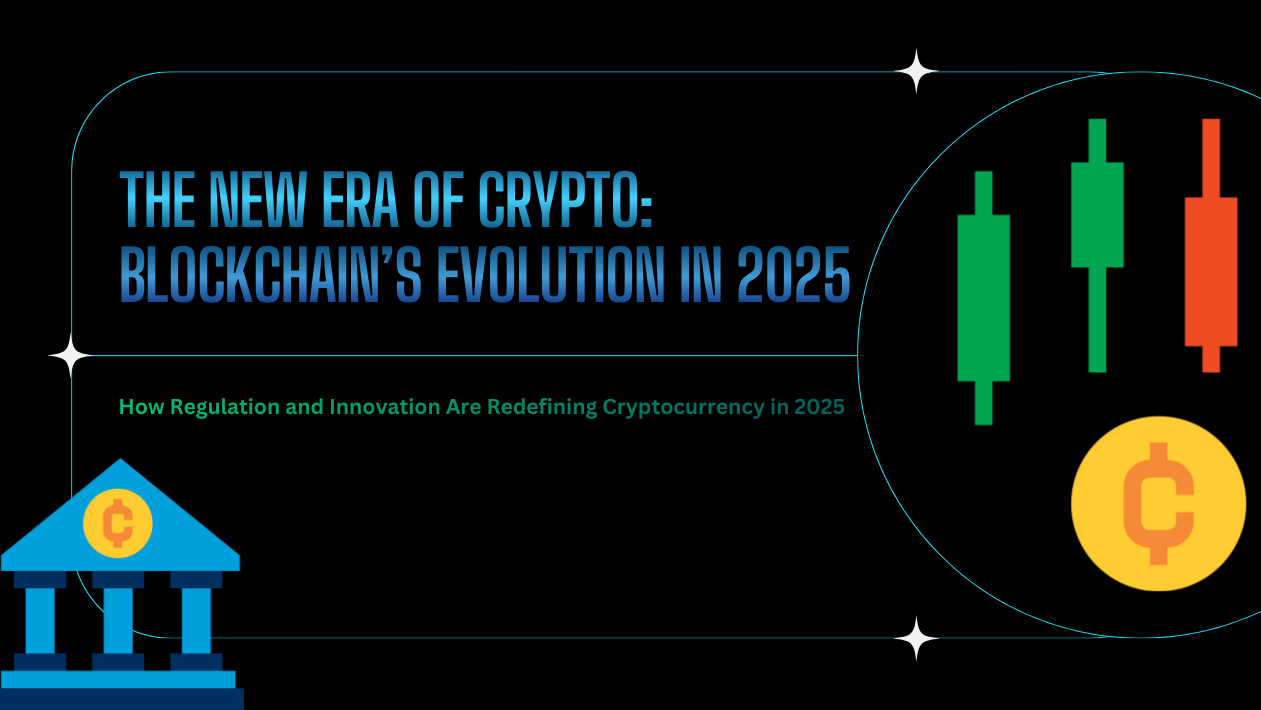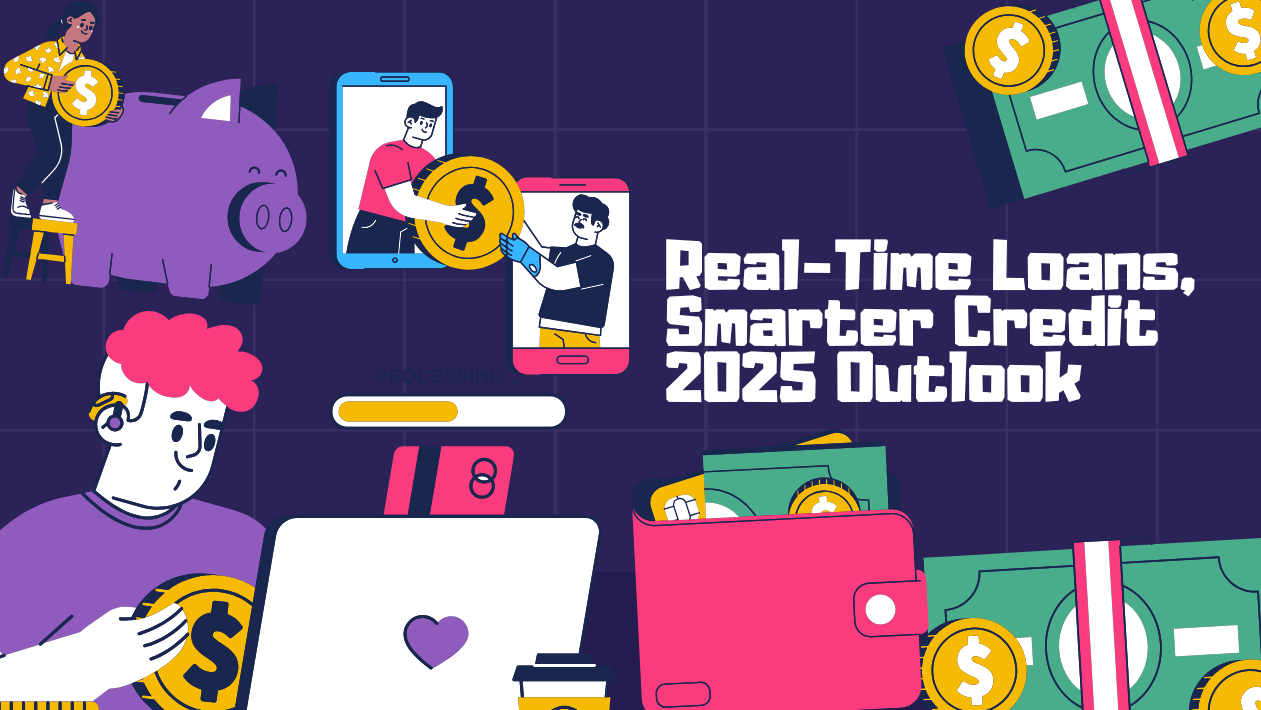In 2025, blockchain technology and cryptocurrency markets are entering a new era of maturity, marked by increased regulation, mainstream adoption, and the integration of AI and DeFi protocols. After years of volatility and speculation, the global crypto industry is shifting its focus to real-world utility, transparency, and long-term sustainability.
According to a recent report by Deloitte, the blockchain market is projected to exceed $200 billion in global value by 2030, with key growth areas including cross-border payments, supply chain transparency, tokenized assets, and central bank digital currencies (CBDCs).
Governments Embrace Regulation and Digital Currencies
In 2025, clear regulatory frameworks have emerged across major economies. The U.S., European Union, and India have implemented comprehensive digital asset regulations focusing on KYC compliance, taxation, and consumer protection.
At the same time, central banks in over 30 countries have launched or piloted CBDCs—digital currencies issued by governments that aim to modernize financial systems and provide alternatives to private stablecoins.
“Regulation brings legitimacy,” says Elena Brooks, a blockchain policy expert. “It’s enabling institutional capital to enter the market and unlocking new infrastructure for real-world adoption.”
AI and Blockchain Converge to Build Smart Finance Systems
The convergence of AI and blockchain is creating a new frontier for intelligent finance. In 2025, AI-powered smart contracts and automated compliance systems are streamlining everything from insurance claims to loan approvals on the blockchain.
Decentralized autonomous organizations (DAOs) are also becoming more sophisticated, using machine learning algorithms to make governance decisions and manage community funds.
DeFi and Tokenization Expand Across Industries
The DeFi (Decentralized Finance) sector has grown more stable and user-friendly, with improved interfaces, insurance protocols, and real-time risk analysis tools. Meanwhile, asset tokenization is revolutionizing investment opportunities—allowing fractional ownership of real estate, art, and equities on secure blockchain networks.
“Tokenized finance makes traditionally illiquid assets accessible to global investors,” explains Raj Mehta, CEO of a tokenization platform. “It’s changing the way people build wealth.”
Web3 and NFT Innovation Push the Digital Frontier
Web3 platforms, built on blockchain infrastructure, are enabling decentralized identity, secure digital ownership, and next-gen social applications. While the NFT market has cooled from its 2021 peak, new use cases in gaming, intellectual property, and event ticketing are gaining traction.
Challenges Remain: Scalability and Energy Efficiency
Despite major progress, the industry still faces challenges. Scalability, energy consumption, and user onboarding remain obstacles. However, advances in layer-2 solutions, proof-of-stake consensus, and modular blockchain architectures are addressing these concerns in real time.
Looking Ahead: A Decentralized, Transparent, and Inclusive Financial Future
With the foundation now set, blockchain and crypto technologies are poised to play a central role in shaping global finance, supply chains, digital identity, and even governance systems in the coming decade.





